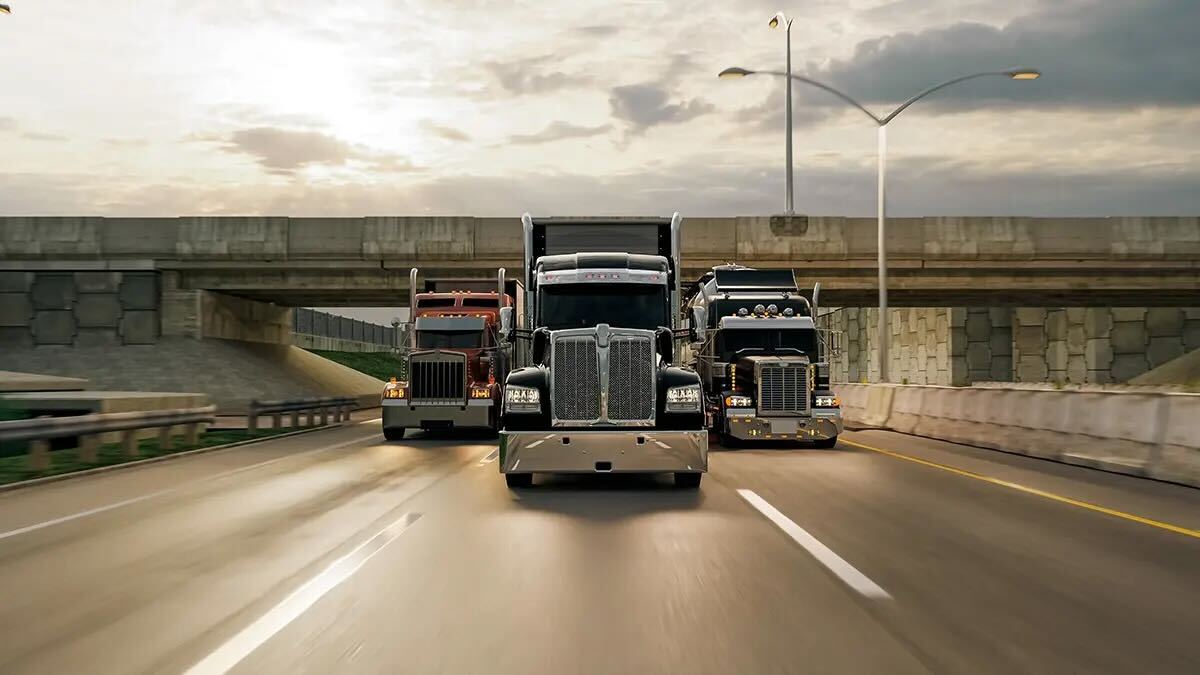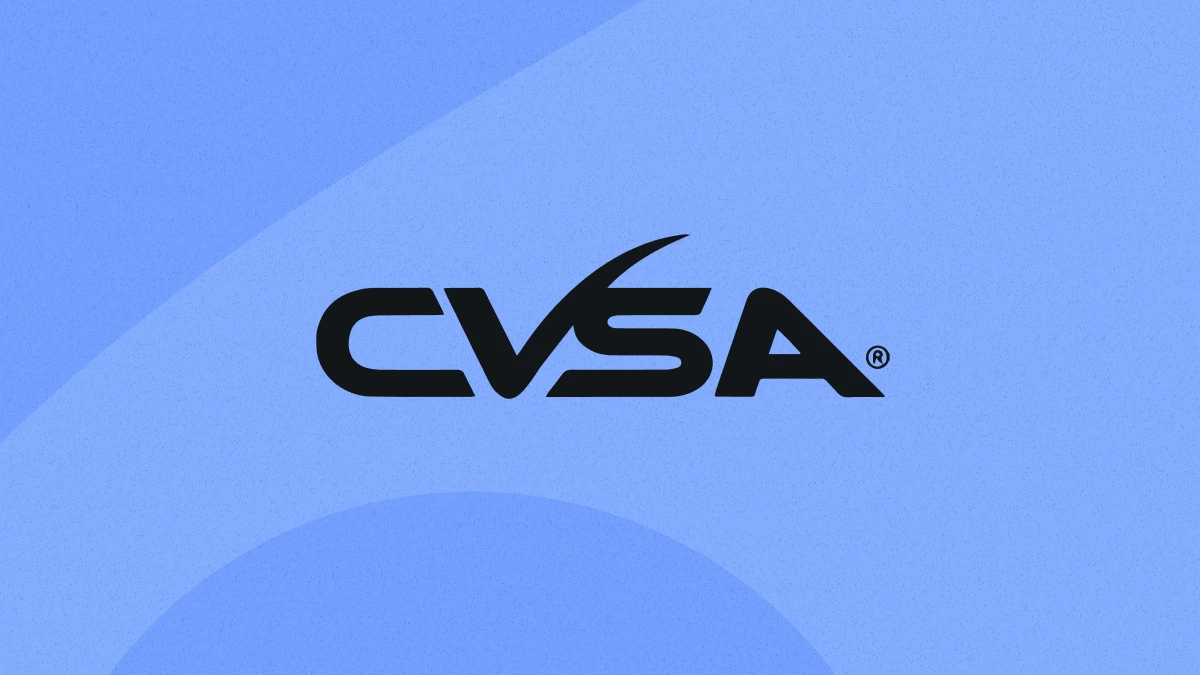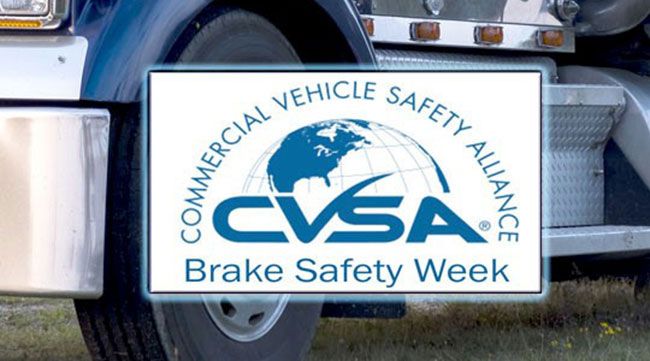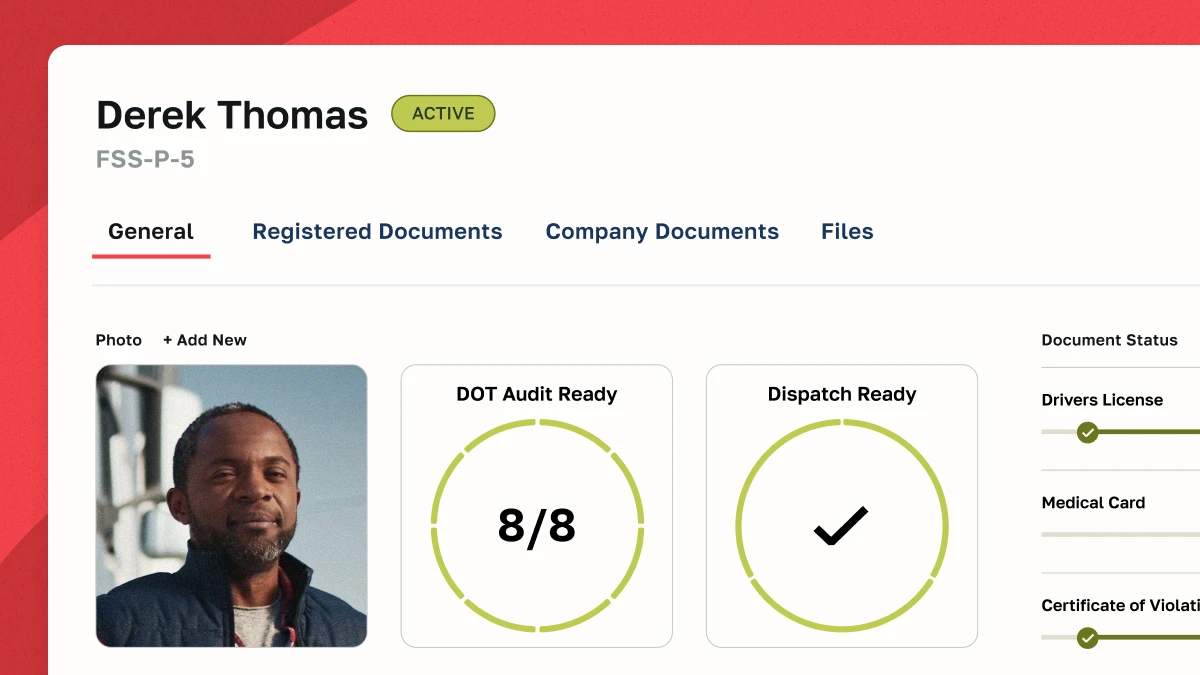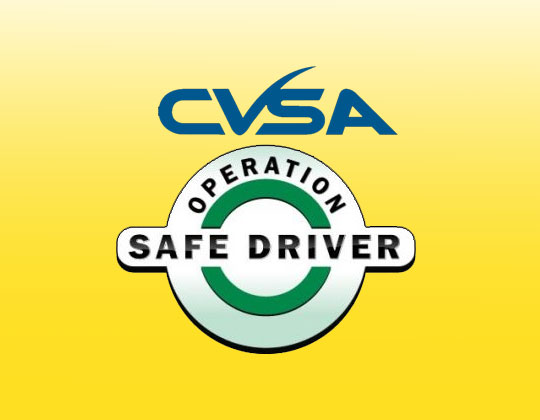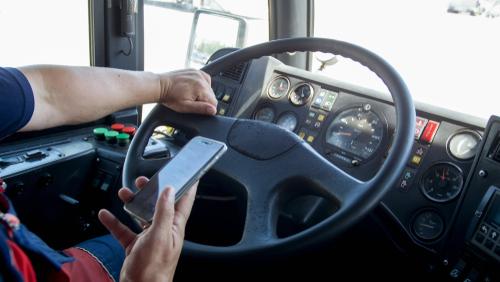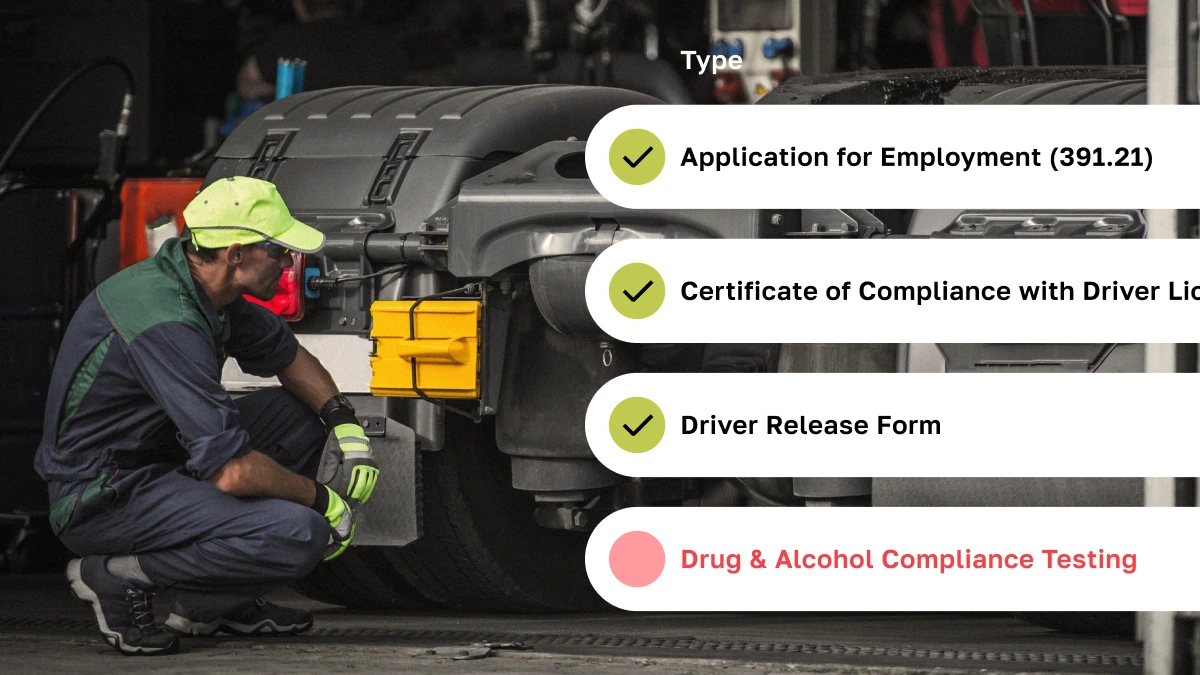
Managing driver compliance is one of the most critical tasks for fleet operators, and it’s also one of the most complex. The Federal Motor Carrier Safety Administration (FMCSA) enforces stringent driver compliance requirements designed to ensure that drivers operating commercial vehicles on the road are qualified, safe, and physically fit for the demands of their work.
For fleet managers, meeting these requirements involves meticulous record-keeping, frequent monitoring, and staying on top of regulatory updates. Key components of driver compliance include maintaining up-to-date Driver Qualification (DQ) files, monitoring medical certifications, managing Commercial Driver’s Licenses (CDLs), and tracking various safety records. Together, these elements ensure that drivers not only meet legal standards but also contribute to the safety and reliability of the fleet.
Driver Qualification (DQ) Files in Fleet Compliance
Driver Qualification files are a cornerstone of driver compliance in fleet operations. Serving as comprehensive records, DQ files include each driver’s qualifications, work history, medical certifications, and ongoing training. Maintaining these files accurately and up-to-date is more than a best practice—it’s a legal obligation enforced by the Federal Motor Carrier Safety Administration. These files support safety, ensure regulatory compliance, and prevent operational interruptions due to non-compliance. Here’s why DQ files matter, what they include, and how best to manage them for a compliant and efficient fleet.
Why DQ Files Are Important
DQ files provide a complete overview of a driver’s legal and physical qualifications, confirming that they meet FMCSA standards and are fit to operate commercial vehicles safely. For fleet managers, keeping these files in order is essential. First, DQ files are key to ensuring compliance with FMCSA standards, protecting fleets from costly fines and penalties. During DOT audits, these records play a central role; well-organized files can streamline the audit process and help avoid violations. Beyond audits and fines, DQ files help reinforce safety across the fleet by verifying that every driver meets necessary qualifications and medical standards.
What Goes Into a DQ File?
Each DQ file must contain specific documents that confirm a driver’s qualifications and legal eligibility to operate commercial vehicles. FMCSA regulations require several core documents in each DQ file, including:
- Employment Application: The driver’s signed application with a summary of work history and references, which serves as the foundation for verifying the driver’s experience.
- Motor Vehicle Record (MVR): MVRs from each state where the driver held a license over the past three years. These records list any driving incidents, violations, or accidents and give a detailed view of the driver’s safety record.
- Road Test Certification: A completed road test or a certificate of competency showing the driver’s capability to operate specific fleet vehicles safely.
- Medical Certificate: Also known as the DOT medical card, this certificate confirms the driver’s physical fitness. FMCSA regulations require this to be updated regularly, ensuring that drivers remain fit for duty.
- Annual Review of Driving Record: An annual summary of each driver’s MVR to confirm ongoing compliance, along with a list of any recent traffic violations.
Each of these documents contributes to a clear, comprehensive view of a driver’s professional and safety qualifications, helping fleet managers manage compliance proactively and avoid potential issues.
Medical Certifications in Fleet Compliance
Ensuring that drivers meet physical requirements is as critical as verifying their qualifications. The FMCSA mandates regular medical exams for all commercial drivers, certifying that they are physically fit to handle the demands of driving and operate safely on the road. These certifications, commonly known as DOT medical cards, play an essential role in fleet compliance and safety.
What Medical Certifications Involve
Medical certifications confirm a driver’s physical fitness to perform job-related tasks, including long hours on the road, handling heavy equipment, and responding to emergencies. Drivers undergo a comprehensive physical examination by an FMCSA-certified medical examiner, who evaluates various health factors like vision, hearing, cardiovascular health, and overall physical endurance. Once approved, the driver receives a DOT medical card that remains valid for a specified period, usually two years, although some health conditions may require more frequent re-certification.
Effective CDL Management for Fleet Compliance
Maintaining valid Commercial Driver’s Licenses is a fundamental requirement for fleet compliance. A current CDL ensures that drivers are legally qualified to operate commercial vehicles, with endorsements for specialized tasks when necessary. CDL management goes beyond simple record-keeping; it involves ongoing monitoring to prevent lapses in validity that could disrupt operations or result in costly fines.
The Basics of CDL Requirements
To legally operate a commercial vehicle, each driver must hold a CDL that matches the class and type of vehicle they drive. The FMCSA outlines different CDL classifications based on vehicle size, weight, and function. In addition to a standard CDL, certain endorsements may be required for specific types of operations:
- Hazardous Materials (HazMat) Endorsement: Required for drivers transporting hazardous materials, requiring additional testing and security checks.
- Passenger Endorsement: Necessary for drivers who transport more than 16 passengers.
- Tank Vehicle Endorsement: Required for drivers operating vehicles designed to carry liquid or gaseous materials.
These endorsements allow drivers to perform specialized roles, but each has specific requirements and renewal processes that must be tracked.

Maintaining Safety Records and Ongoing Driver Monitoring
For fleets, driver compliance is not a one-time process; it requires continuous oversight to ensure ongoing safety and adherence to FMCSA regulations. In addition to initial qualifications, fleet managers must regularly monitor drivers’ safety records, track performance, and comply with federal drug and alcohol testing requirements. This comprehensive approach to monitoring helps identify and address potential risks early, maintaining high safety standards across fleet operations.
Key Elements of Safety Records
Safety records capture a driver’s history on the road and are essential for tracking overall performance. These records include:
- Motor Vehicle Records (MVRs): An updated MVR provides a snapshot of a driver’s road behavior, including any traffic violations, collisions, or suspensions. Regularly reviewing MVRs helps fleet managers stay informed about drivers’ ongoing compliance and safety.
- Drug and Alcohol Testing Compliance: FMCSA regulations mandate pre-employment, random, and post-accident drug and alcohol testing for commercial drivers. Maintaining updated test records is vital for compliance and serves as a proactive measure against impaired driving incidents.
- Incident and Violation History: Documentation of any on-the-job violations or accidents gives fleets valuable insights into patterns or areas needing improvement, which can guide training and corrective actions.
Why Ongoing Monitoring is Essential
Effective monitoring and management of safety records play a critical role in fleet compliance and risk mitigation:
- Proactively Managing Risk: By consistently tracking driver behavior, fleets can address issues before they escalate. Identifying risky behaviors like speeding or frequent traffic violations early on enables managers to provide targeted training and mitigate potential incidents.
- Meeting FMCSA Standards: Regular monitoring is essential for staying in compliance with FMCSA regulations, especially in areas like drug and alcohol testing. Non-compliance can lead to significant fines and heightened scrutiny during DOT audits.
- Supporting Fleet Safety Culture: A commitment to ongoing monitoring reinforces a culture of safety within the fleet, where drivers are aware that compliance and responsible behavior are continually prioritized.
By keeping detailed, up-to-date records and proactively addressing potential risks, fleets can foster a safe, compliant environment that reduces liability and enhances operational efficiency. A structured approach to safety record management ultimately supports a safer, more reliable fleet.
Driver Compliance Management with Fleetworthy’s CPSuite
Navigating driver compliance is complex and critical—but it doesn’t have to be overwhelming. Fleetworthy’s CPSuite is designed to simplify every aspect of driver compliance management, helping fleets like yours stay ahead of FMCSA requirements with confidence. From maintaining accurate DQ files and medical certifications to managing CDLs and safety records, CPSuite brings together cutting-edge technology and compliance expertise to keep your drivers road-ready and your operations compliant.
With Fleetworthy’s CPSuite, you’ll gain:
- Centralized Compliance Management: Organize and access all driver compliance records in one place, including DQ files, medical certifications, and CDLs.
- Automated Alerts and Tracking: Stay on top of critical deadlines with automated alerts for document renewals, certifications, and testing requirements.
- Real-Time Safety Monitoring: Track driver performance and safety records proactively, helping you mitigate risks and enhance fleet safety.
- Support from Compliance Experts: With Fleetworthy, you get more than software. Our team of seasoned compliance specialists is here to guide you through DOT audits, regulatory changes, and complex compliance challenges.
Don’t leave driver compliance to chance. Let Fleetworthy’s CPSuite handle the details so you can focus on growing a safer, more efficient fleet. Contact Fleetworthy today to see how CPSuite can streamline your compliance efforts.

